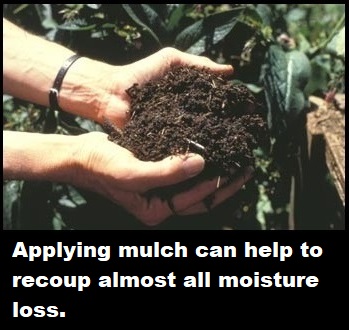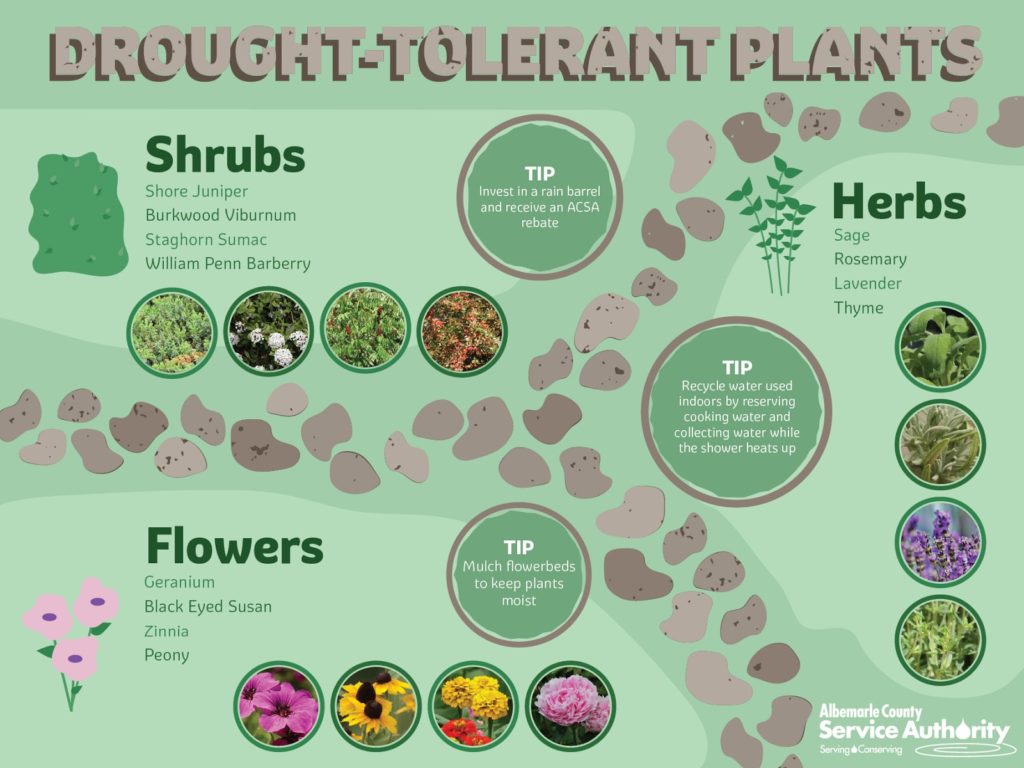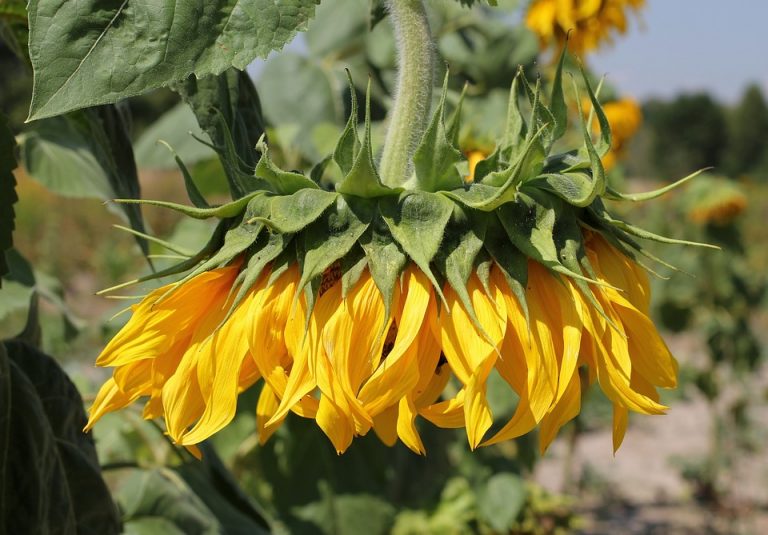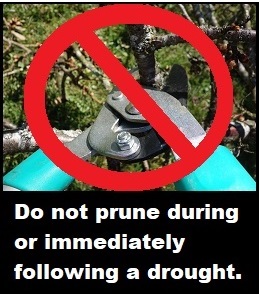How to Keep Landscapes Healthy
in Midsummer
July in Ohio is hot.
Along with that intense summer heat comes the prospect of drought. Which means we may have to make some agonizing decisions regarding which plants in our yards and gardens to save and which plants to let go. For some of us, that can be like having to make a “Sophie’s Choice.”
So before the need for these difficult decisions becomes a reality, there are some things we can do to make the most of the water that will be available.
The Importance of Mulch
Did you know that more than 50 percent of the water applied to bare soil is lost through evaporation? Of course, the rate of that evaporation increases with higher air temperatures, solar radiation and wind. But applying mulch in landscape and garden beds can help to recoup almost all of that moisture loss, depending on the type of mulch used. (Added bonus: Mulch helps keep the plant roots cool.)
 For landscape plants and perennial flower beds, for instance, gardening experts recommend applying shredded bark or wood-chip mulches on top of bare soil at a depth of 3-4 inches. Surprisingly, however, these same wood-chip mulches should not be used in vegetable gardens and annual flower beds. Why? Because when decomposing, they cause soil microbes to deplete the soil’s nitrogen reserves. This makes the much-needed nitrogen unavailable for use by the garden plants.
For landscape plants and perennial flower beds, for instance, gardening experts recommend applying shredded bark or wood-chip mulches on top of bare soil at a depth of 3-4 inches. Surprisingly, however, these same wood-chip mulches should not be used in vegetable gardens and annual flower beds. Why? Because when decomposing, they cause soil microbes to deplete the soil’s nitrogen reserves. This makes the much-needed nitrogen unavailable for use by the garden plants.
Organic Composts
With vegetable gardens and annual beds (or wherever the soil is regularly tilled or disturbed), organic mulches that break down more quickly are advisable. These would include well-rotted compost, animal manure, lawn/yard clippings and any combination of these.
To increase the effectiveness of grass or compost mulches, try this:
- Place one to two moistened sheets of newspaper on top of the soil, slightly overlapping the sheets
- Cover the newspaper with a layer of compost mulch.
- Allow the newspaper to decay over the growing season.
- Till the decayed paper into the soil, along with the top layer of mulch.

What About Rocks?
Rock mulches should generally be avoided around landscape plants. During the day, the rocks will absorb heat and then radiate that heat back at nighttime. This increases both the heat stress and water needs of plants. In particular, white and other light-colored rock reflects light back onto plants, compounding the heat stress felt by plants during times of drought.
More Drought-Related Tips
Here are a few more guidelines to keep in mind when navigating through a seasonal drought:
- Do not fertilize. All fertilizers contain salts that will rob the plants of much-need moisture in the soil. Wait until your plants have fully recovered from the effects of drought before fertilizing. (Plants experiencing drought conditions often appear wilted and droopy because they’re saving their energy.)
 Do not prune during or immediately following a drought. To do so would place too much stress on the plants. and send them into shock.
Do not prune during or immediately following a drought. To do so would place too much stress on the plants. and send them into shock.- Apply water slowly and deeply to the soil. The best way to maintain your garden is through drip irrigation or soaker hoses that apply water directly to the soil above the root zone. Placing these hoses under two to three inches of mulch helps retain soil moisture.
- Hold off on watering until after sundown to reduce evaporative water losses.
Sources:
Washington State Univ. Extension
Today’s Homeowner
Avon Lake Regional Water


 Do not prune during or immediately following a drought. To do so would place too much stress on the plants. and send them into shock.
Do not prune during or immediately following a drought. To do so would place too much stress on the plants. and send them into shock.



